The Ukrainians, NATO and the United States have been alarmed about Russia's use of the Oreshnik Intermediate Range Ballistic missile on a defense manufacturing plant in Dnipro (formerly Dnipropetrovsk). The Russians say the missile was hypersonic, which it was, but that is only a small part of the story. Use of the missile has serious implications for Ukraine, NATO and the United States.
The Oreshnik was not any common ballistic missile. It mounted a hypersonic glide vehicle with MIRV/MARV capability. MIRV means Multiple Independently Targeted Reentry Vehicles. MARV means Maneuverable Reentry Vehicle (sometimes denoted as MaRV). In the case of the Oreshnik (probably a version of another hypersonic platform called KEDR or Cedar), reports say that the glide vehicle released six warhead packages and each package released six submunitions. This means that 24 weapons hit the Dnipro facility.
The Oreshnik was allegedly put together from existing missiles including YARS and Bulava, the latter a submarine launched ballistic missile. However the key part was a modified Avangard Glide Vehicle that is released from the missile and flies at hypersonic speed to its target. The Russians say the Avangard speed is around Mach 20 or around 24,501.6 km/h (15,224.6 mp/h). The speed of the submunitions as they slam into their target is somewhat less, but probably just under Mach 10.
There is much speculation about the damage done at the Dnipro Yuzhmash aerospace manufacturing facility. However, enough is known to make it clear that this strike on the Dnipro facility had unique characteristics. Eyewitnesses who live in the area near the factory say that there was no fire when the attack struck, yet they felt something like an "earthquake" that "cracked" some houses perhaps a mile away. Likewise there was no explosion in the conventional sense. What was it?
The Yuzhmash workshops that are functioning (much of the complex is no longer operational) are underground. The challenge for the Oreshnik payload was whether it could knock out the underground operations. While we have no accounting as to how much was actually destroyed, again witness accounts say the working part of the facility was turned into dust. This suggests that the Oreshnik submunitions crashed at hypersonic speed into the workshops and simply pulverized them. There was no particular need for high explosives to do the job.

This has significant implications for underground targets elsewhere, as surely the Ukrainians grasped immediately. In effect, the Russians have put a Damoclean Sword on Zelensky's head, as he operates from an underground bunker. This suggests that the Yuzhmash target was well chosen to send a warning to Ukraine's leaders.
It also sent a warning to NATO. As Russian President Putin said in a nation-wide address, Oreshnik could hit any target in Europe. Thus all NATO bases, command centers, and missile sites could be destroyed by Oreshnik.
Likewise the US got a wake up call insofar as America's missile bases and air defenses are concerned.
Much of the land part of the US nuclear triad is silo based. Over the years it was believed that it would take a highly accurate nuclear missile to create enough overpressure to destroy ICBMs such as the Minuteman hidden deep in silos. The Russians, too, did the same, although unlike the US the Russians also built some road-mobile ICBMs that could be launched from road-mobile TELS or even from railway carriages.
The other "demonstration" from the Russian strike was accuracy. Accuracy of ICBMs (and other weapons) is typically defined in Circular Error of Probability (CEP), which is the radius of a circle centered at the aimpoint, which has a 50% probability of hit. Usually this is defined in meters or feet from the aimpoint. Classically, long range missiles use sophisticated inertial navigation systems (INS) using gas-bearing driven gyroscopes. For the most part, an ICBM with a nuclear warhead that can strike within 150 feet of its target was good enough.
That sort of ICBM CEP in a nuclear strike weapon is a poor weapon if fired at a target using a conventional warhead. It seems Avangard is far more accurate than a "typical" ICBM in that it has a precision guidance system. We don't know how the Russians are achieving such accuracy. It may be that they are using some kind of imaging to locate the target and guide the payloads, perhaps similar to what the US uses to guide the Tomahawk cruise missile (a combination today of a system called TERCOM and GPS). The differences also are obvious, in that Tomahawk was designed to be a nap of the earth cruise missile that used internal mapping while the Avangard problem relies on waypoints for general aim and an image of the target for positive identification. (We have already seen something like this in Iranian cruise missiles and drones that could not be jammed because they did not require external guidance support, such as GPS.)
According to the Ukrainians who have recovered some (few) missile parts from the Dnipro strike, the Oreshnik/Avangard had telemetry onboard. Telemetry is typically used in test vehicles to assess performance. It would appear, therefore, that the Russians probably have a handful of Oreshnik vehicles on hand and President Putin has announced the missile and glide vehicle combo will now enter serial production.
Air Defenses
Current generation air defenses have little chance to hit a hypersonic glide vehicle, even with advanced warning from US overhead satellites that can detect launches. Systems like Patriot are simply outclassed because Patriot radars probably cannot track a hypersonic glide vehicle. In addition, the onboard radar on interceptor missiles may be too slow to track a hypersonic vehicle, although that isn't certain.
Heavier air defenses systems such as the US Ground Based Interceptor may have a better chance to shoot down a hypersonic glide vehicle before it releases its six lethal packages. After that, it probably would be overwhelmed. The AEGIS and AEGIS Ashore system that fires that SM-3 Block 1A/B interceptor missile may have a better chance because its ship or shore based radar might be able to pick up a hypersonic glide vehicle in space. However, the AEGIS system (like GBI and Israel's Arrow-3) used hit to kill technology, which may not be adequate to actually hit a hypersonic glide vehicle that is maneuverable.
Clearly more work needs to be done to be able to actually field sensors that can follow a hypersonic glide vehicle and destroy it. An alternative approach, that goes back to the now mostly defunct SDI (Strategic Defense Initiative) program would have tried to kill rockets immediately after launch using space based interceptors of different kinds. One space based interceptor system that was proposed, but never implemented, was called Brilliant Pebbles.
At the present time there is no US program to field any space-based missile defense system, and even if one was funded, fielding such a system would take decades.
Conclusions
The Russians have come up with a strike weapon that uses kinetics to destroy highly protected installations, underground as well as above ground. At the present time there is no effective counter to the Oreshnik or other systems like it that use hypersonic glide vehicles. The one practical limitation is such weapons are very costly and will appear only in relatively small numbers.
Other countries, including the United States, are developing hypersonic glide vehicles, although some projects, such as the AGM-183 (launched from aircraft) has been cancelled after it failed a number of tests. China has already deployed the DF-ZF missile and hypersonic glide vehicle which is designed to hit US carriers and their task forces at sea. Longer range versions of the DF-ZF are expected in future.
Meanwhile, insofar as the Ukraine war is concerned and the disposition of NATO forces, the appearance of the Oreshnik shows that the Russians have found a way to warn the United States (and the British and French too) that using long range weapons against Russian territory is not a good idea.





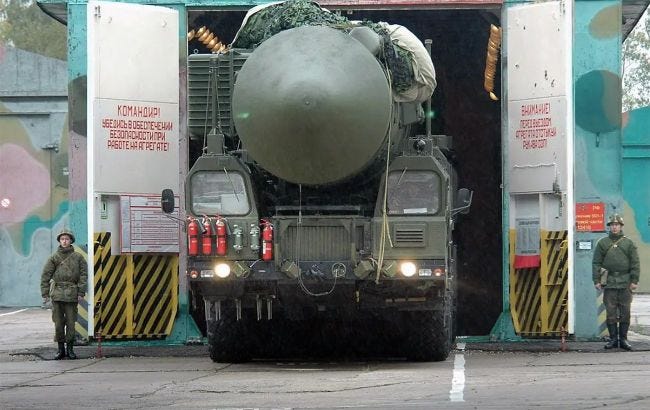
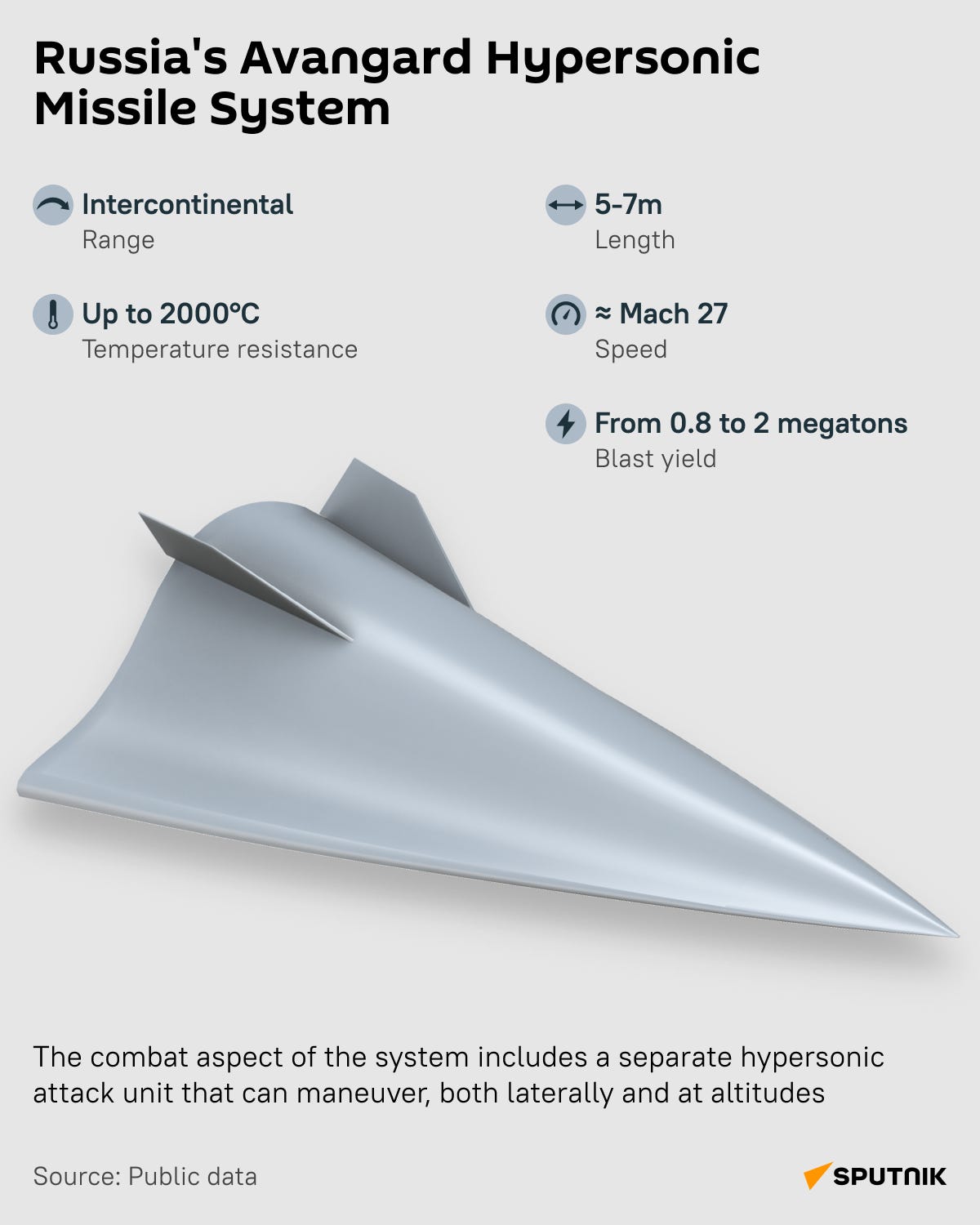
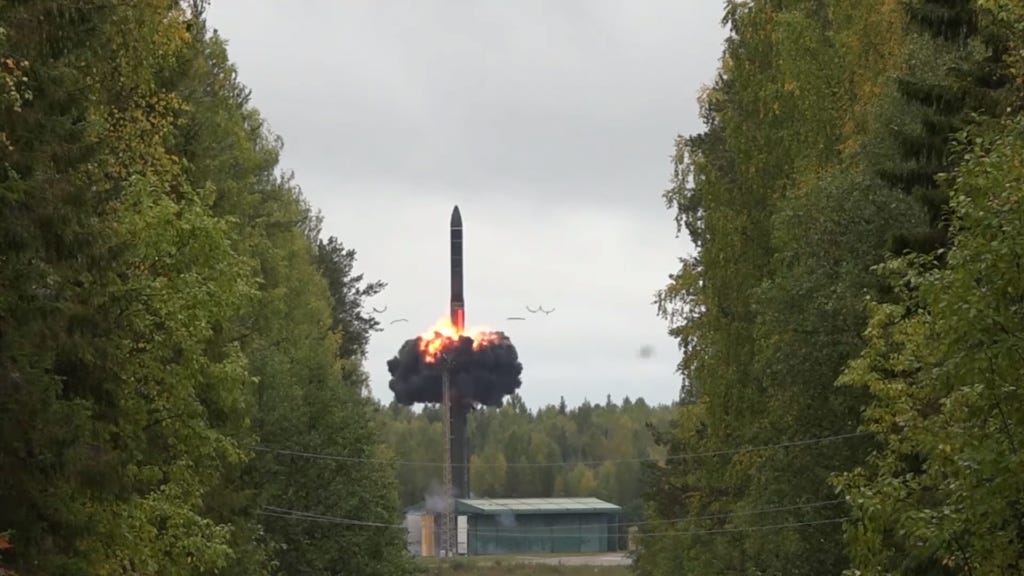
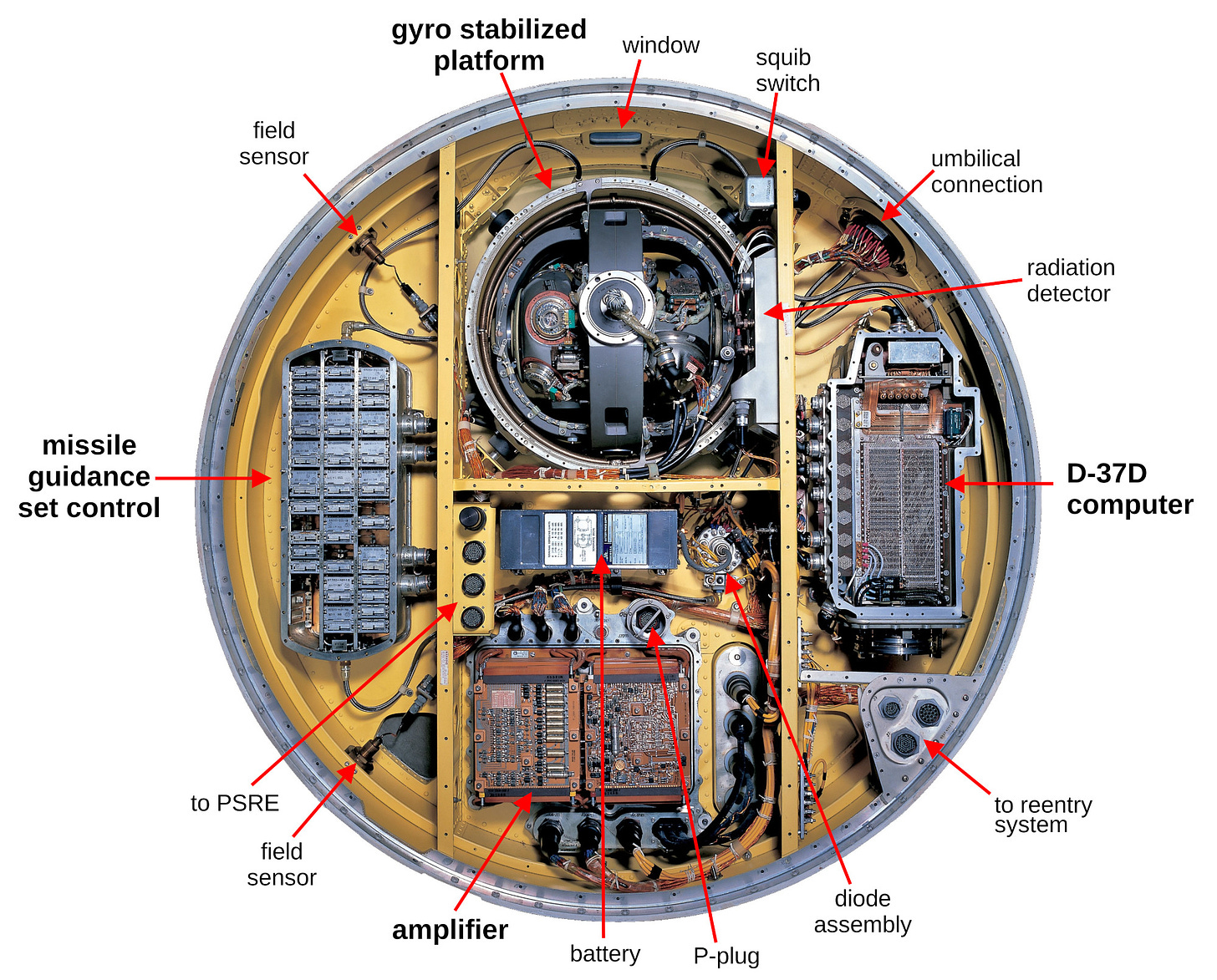








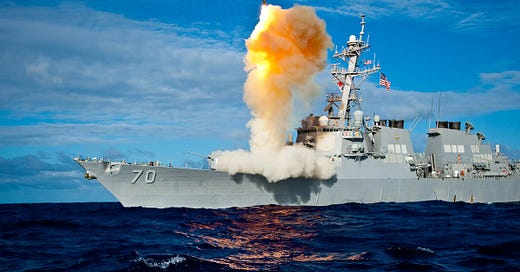




Excellent analysis. I suspect the sub-munitions are not really independently targetable, so the MIRV/MARV distinctions are useful.
Some years ago (1988), I was part of an APS arms-control study that looked at missile targeting accuracy. One of our conclusions, although it didn’t get a lot of attention, was that once the accuracy was good enough, you don''t need nuclear weapons, or even explosives, for a lot of missions, the kinetic energy was enough.
Now, 36 years later…
In a sane world the Oreshnik strike would be Putin’s effective checkmate on NATO aggression. But, we are not in a sane world.